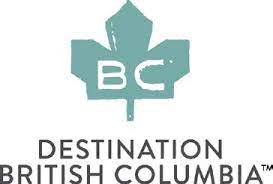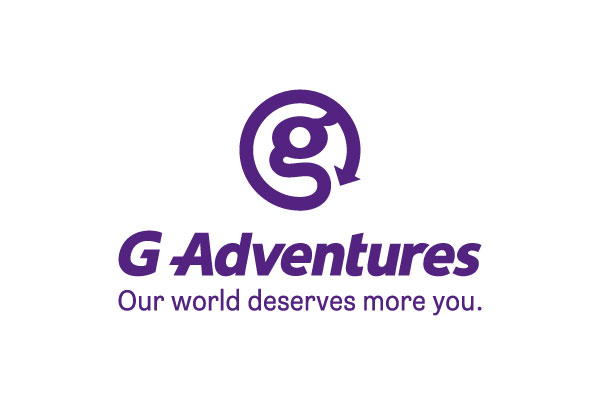You’ve got mail

Paul Sumner, communications director at Go Inspire Group, explains why a combination of direct email and mail will get you the best returns from your marketing campaigns.
"Today’s travellers have many sources of inspiration for their next destination, from their friends’ social media accounts to online reviewing sites. Travel marketing is challenged with standing out in a saturated space and providing each customer with information and offers that are as relevant and interesting as possible.
Getting personal
To date, almost 90% of travellers worldwide admit that the standard travelling process is not enough any longer. Meanwhile, 67% of people want travel companies to personalise their communications, but only 44% believe that the communications they receive from travel companies are good.
Travel and hospitality companies should therefore be making personalisation a top priority to meet the expectations of modern travellers. Though the email channel is often more prevalent due to the lower cost of production and distribution, research carried out by Go Inspire Group shows that direct mail outperforms email, producing greater incremental revenue. Crucially, though, a combination of direct email and mail was found to outperform each channel in isolation. Direct mail must therefore be harnessed in combination with direct email to produce the highest return on investment, and companies must consider how each channel can be best optimised for their specific customer base.
Revenue impact
To take a closer look at the hard commercial results of personalised direct mail, Go Inspire carried out follow-up research with a further randomised control trial (RCT). Rather than focusing on typical marketing metrics such as response rates and open rates, the success measure was incremental revenue generated per customer – net of campaign costs.
Firstly, different levels of design ‘vibrancy’ were tested across all segments, and the results show that increased vibrancy produced an overall incremental revenue uplift of 20%. However, the importance of knowing and understanding customer segments is key, as the high-value, high-loyal customers were actually put off by a more vibrant design, and spent less.
Secondly, the RCT tested messaging and imagery tailored to recipients’ individual area(s) of product interest, historical behaviour and potential. This is where the highest increase was observed; tailoring to recipients’ individual areas of interest produced a 128% uplift overall in incremental revenue. Again, it was apparent that businesses need to determine preferences and behaviour across different segments, as the incremental revenue generated varied between product categories from 72% to 197%.
Truly persuasive marketing
A critical point for businesses is that the trial revealed that the improved commercial results were not the result of higher response rates, but rather a higher value per respondent. Marketers who use incremental revenue as a benchmark will therefore have a true gauge of the success of their campaigns, rather than focusing on inward-looking metrics. In fact, response rates were not even significantly affected by personalised direct mail; rather customer behaviour changed, generating greater incremental spending. Customisation therefore takes marketing further, by transforming receipt of marketing information into concrete action.
The research found 27% of direct mail is still ‘live’ within the recipient’s household even after 28 days; the challenge for travel companies is to ensure that their business and offering are still fresh in customers’ minds when they are looking to book a holiday. The more personalised the offer, the more likely it is that it will stay with the customer.
Businesses that deliver tailored marketing can tap into considerable opportunities for growth. This tailoring must be based on optimisation of the direct mail channel, combined intelligently with email to produce the best results. However, finding the right balance may not be instant; new strategies must be tried and tested to ensure long-term success."
Bev
Editor in chief Bev Fearis has been a travel journalist for 25 years. She started her career at Travel Weekly, where she became deputy news editor, before joining Business Traveller as deputy editor and launching the magazine’s website. She has also written travel features, news and expert comment for the Guardian, Observer, Times, Telegraph, Boundless and other consumer titles and was named one of the top 50 UK travel journalists by the Press Gazette.
 United Kingdom
United Kingdom United States
United States Asia Pacific
Asia Pacific












































Boy falls to death on cruise ship
Dozens fall ill in P&O Cruises ship outbreak
Turkish Airlines flight in emergency landing after pilot dies
Unexpected wave rocks cruise ship
Woman dies after going overboard in English Channel